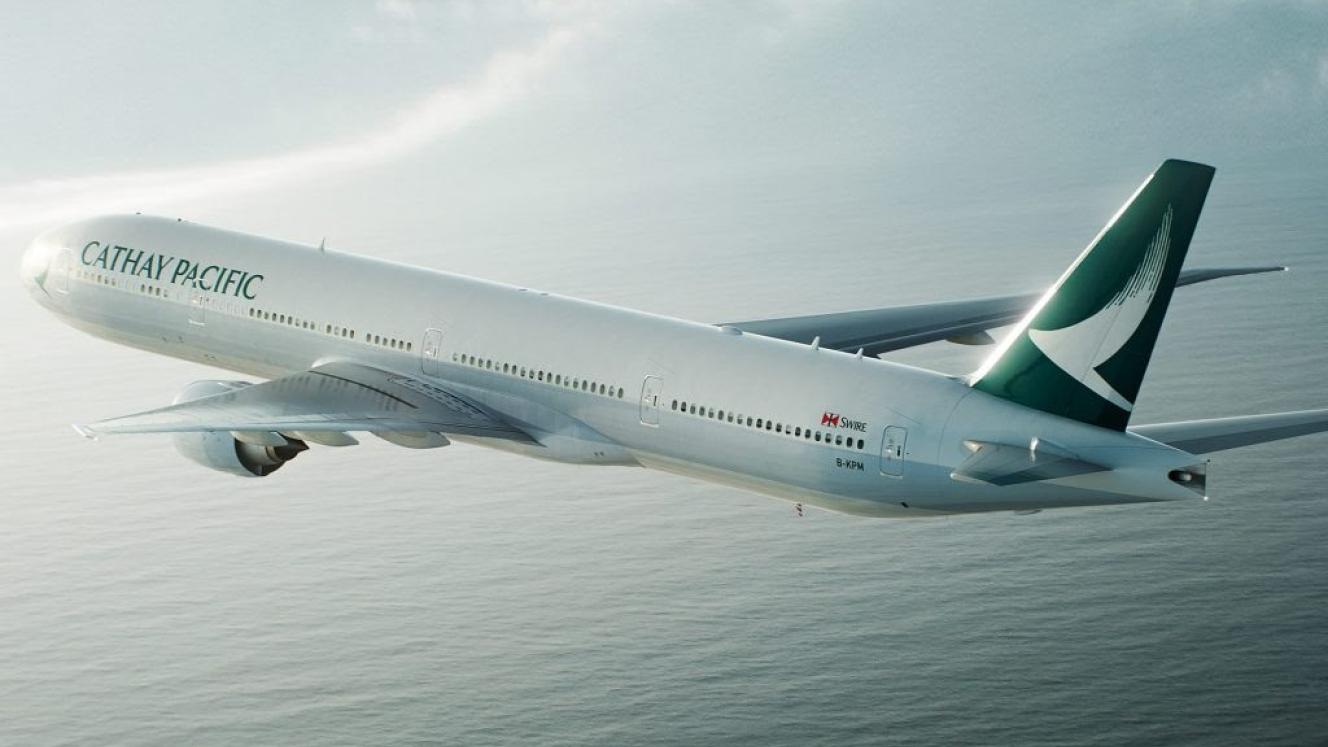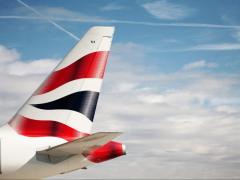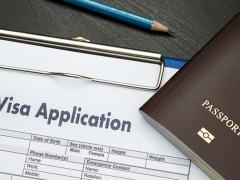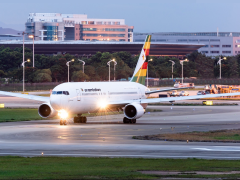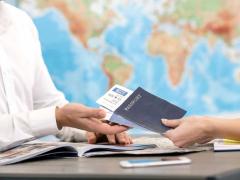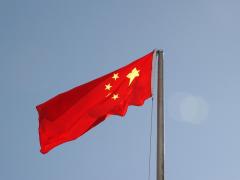Asia-Pacific airlines’ recovery from COVID-19 still lags behind, held back by Asian countries’ unwillingness to reopen borders as quickly as the rest of the world.
During the first nine months of 2022, these airlines carried a total of 62 million international passengers. This was a fivefold increase compared with the first nine months of 2021. However, the region is expected to reach only 75% of 2019 levels by year-end.
“Except for mainland China, the gradual reopening of borders in many economies in Asia and strong recovery in air services only serve to underscore the magnitude of pent-up travel demand,” said Subhas Menon, DG of Association of Asia Pacific Airlines (AAPA), speaking at the 66th Assembly of Presidents recently.
“As air travel gradually recovers, the airline industry is taking extra care to maintain its outstanding safety record. Airlines continue to actively invest in recruitment and training to address additional manpower needs as air travel demand is expected see healthy growth in the coming year.”
Also speaking at the AAPA Assembly of Presidents in Bangkok, Iata Senior VP and Deputy DG, Conrad Clifford, pointed out: “The last three years have been extremely challenging for the airline industry. Asian airlines, in particular, were hit hard, accounting for about a third of the industry’s losses between 2020 and this year. With the region finally emerging from COVID-19, governments have a key role to play in accelerating the recovery, and supporting the industry’s sustainable growth.”
Iata urges the Asia-Pacific region to prepare for the anticipated surge in traffic and provide policy support for the industry’s decarbonisation efforts, as the region moves forward from COVID-19.
“Asia has been a laggard. The rest of the world started lifting restrictions and reopening borders last year. However, it was only around April this year that positive momentum was seen in Asia. That is why international passenger demand in September was only at 41,5% of 2019 levels, the lowest among regions,” said Clifford.
Iata is also calling for more digitisation of processes to handle the increase in traffic.
“The general outlook for air travel in Asia Pacific in 2023 remains positive. However, there are some significant downside risks. The business environment for airlines is challenging and ongoing geo-political tensions could undermine recovery,” Menon concluded. “Despite the softening of the global economic outlook, Asia Pacific airlines are well-placed to see traffic volumes recover closer to pre-pandemic levels if demand continues to stay strong.”
